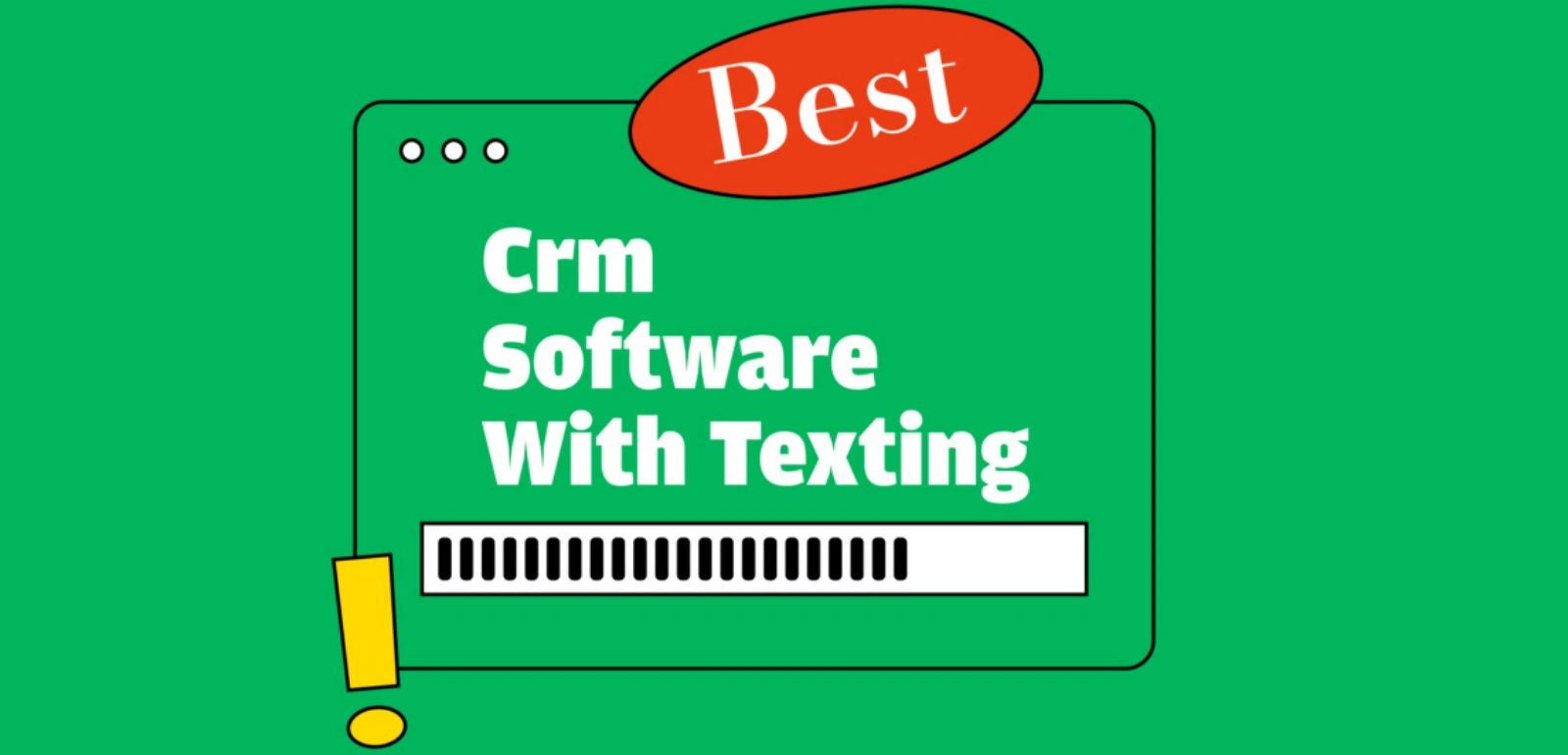What used to be a secondary marketing strategy has now developed into the core of efficient digital marketing campaigns in the form of content marketing. In the current crowded digital world, companies that have learned to excel in the art of successful content marketing have not merely managed to keep their heads above the waters, but have prospered. This in-depth guide examines the best-tested content marketing strategies that will enable you to develop brand authority, connect with your readers, and produce sustained growth in your business.
Understanding the Foundation of Content Marketing Strategies
This is because the modern consumer is overexposed to more than 5,000 advertising messages every day, and as such, brands must be able to break through the chaos of messages in the market by sharing honest and helpful content. The effective content marketing approaches embrace the fact that the modern consumer is an informed consumer and they research before making purchase decisions. When you establish your brand as a credible source of information, the relationships formed become essential in the long run, leading to customer loyalty and more revenue.
Research on consumer behavior always indicates that by the time a prospect has contacted a sales rep, 70 percent of the buyer journey is done already. This fact makes the practical use of quality content marketing strategies, education, information, and perspective creation to the prospects a decisive part of the process. The inability to deliver value at this stage of research, as by brands, already means losing ground in influencing buying decisions.
Step 1: Strategic Foundation and Goal Setting
Any content marketing plans should have clear-cut objectives that are in line with the overall objectives of the business. This is the initial step that cannot be ignored and done in haste because it will guide and make or break your whole content marketing campaign.
Step 1.1: Establish Particular Goals
You have to ask yourself what you would like your content marketing strategies to do. Generalized objectives like increasing brand awareness will not work as well as specific goals, such as increasing organic traffic on the site by 40 percent in six months or producing 200 qualified leads every month using content downloads.
Step 1.2: Quantify your Goals
All your targets in your content marketing plans should have measurable indicators. Set baselines on important performance metrics like traffic, social media traffic, email subscribers, lead generation, and conversion ratios. If email is a key channel, also monitor infrastructure changes, such as how switching to a free SMTP server affects deliverability and subscriber growth.With such a database, you will be able to monitor progress and show ROI to your stakeholders.
Step 1.3: Make Goals Achievable
Ambitious objectives motivate performance, but unrealistic ones lead to the failure of content marketing strategies. Evaluate the available resources, the ability of the team, and the market conditions to come up with felt but achievable targets. Take into account such considerations as potential capacity in terms of content creation, budgetary restrictions, and competition when setting targets.
Step 1.4. Be Relevant to Business Objectives
The content marketing plans should always be in line with overall business objectives. Let us assume that the main goal of your company is the retention of the existing customers; the strategy of your content should be aimed at the development of the customer base and not at the monotonous generation of new leads. Productive business output is already in line with the content goals and business objectives when people are investing resources in the activity, which leads to meaningful outputs of their business.
Step 1.5: Set Time-Bound Parameters
Set up definite deadlines and milestones for your content marketing approaches. Dividing long-term objectives into quarterly and monthly goals will keep the process going and allow correction of the course. Time-bound objectives make you feel a sense of urgency and accountability, as well as give you a chance to evaluate your performance and change it regularly.
Step 2: Comprehensive Audience Research and Persona Development
Knowledge about your target audience is the basis of effective content marketing. This is because you should conduct thorough research on the demographics, psychographics, behaviors, and preferences of your audience to guide all decisions on the content.
Step 2.1 Collection of Quantitative Data
Start your audience research with the gathering of quantifiable data from several resources. Evaluate web analytics to know the nature of a visitor, the patterns of behavior, and interests in the content. Look at the social media analytics and examine insights to find patterns of follower engagement. Analyse customer relationship management (CRM) data to determine the nature of current customers and methods of purchasing.
Step 2.2: Undertake Qualitative Research
Complement quantitative data with qualitative information by interviewing customers, surveying, and holding focus groups. Interview a sample of current customers on their difficulties, information sources, content preferences, as well as how they make their decisions. This qualitative study provides the emotional and psychological motivation that determines the consumption of content and the making of a purchase decision.
Step 2.3: Competitor Audiences Analysis
Research the content marketing strategy of your competitors to learn about common audience attributes, as well as underserved markets. Observe the social media network, commenters on their blog, and observe their engagement pattern to draw insights on the audience’s taste and behaviour in your industry.
Step 2.4: Design Full Personas Themes
Develop rich buyer personas that would not be limited to mere demographics but also address pain points, goals, challenges, their preferred content format, information sources, and purchase behavioral patterns. The content of each persona must contain certain information about the consumption habits, such as favored social media, the length of the content, and the optimal posting timings.
Step S: Map the Customer Journey
Identify the full customer journey stages through post-purchase advocacy of each buyer persona. Determine the types of questions, concerns, and information needs in each of them to guide your content marketing approaches. Learning about this path allows you to deliver the contents that meet certain needs at the best possible time.
Advanced Audience Segmentation Strategies
Today, content marketing involves the use of advanced segmentation methods to make targeted experiences that will appeal to various groups. Behavioral segmentation using interactions or visits to the websites, participation in emails, and engagement in consuming various content is an input in building content based on the behavioral factors and segments.
The use of firmographic segmentation is applicable in a B2B content marketing approach, which takes into account the size of the business, the industry, profit, and the stage of growth. The segmentation will facilitate the establishment of content that satisfies given business challenges and opportunities, depending on the nature of the organization.
Step 3: Content Planning and Calendar Development
Effective content marketing plans need to be well-planned and structured. The operational backbone of your content marketing must be a properly created content calendar that should also maintain a regular publishing schedule and the focus of content distribution on various channels.
Step 3.1 Selecting Your Content Calendar Tool
Choose a content calendar tool that allows working with the team, planning, and measuring performance. The most common ones are specific applications, such as CoSchedule and ContentCal, or versatile applications, such as Airtable and Google Sheets. The trick is that you have to select a system that can be adapted to the complexity of your workflow, chosen team size, and integration needs.
Step 3.2: Develop Content Categories and Themes
Arrange your content marketing strategies based on the central themes relating to what your audience is interested in and to your business goals. Various common types of content are educational, industry knowledge, behind the scenes, customer success stories, and thought leadership. Create a balanced combination that will offer diversity but still concentrate on the fields of competence.
Step 3.3: Seasonal and Trending Content Planning
Use seasonal trends, industry events, holidays, and product releases as a part of your content calendar. Through this progressive strategy, there can be real-time, current, and capitalized information on the basis of trending and seasonal offers. Find out industry-specific events, conferences, and awareness campaigns that complement your plans in content marketing.
Step 3.4: Location of Publishing Frequency and Timing
Publishing schedules should be maintained throughout the content channels. Consider the behavioural patterns of your audience and research on the best time to post on each of those platforms. Pay attention to time zones in case you have a geographically broad audience, and arrange the distribution of content to ensure its maximum visibility and attractiveness.
Step 3.5: Build in Flexibility and Agility
Even though it is necessary to be consistent, your content calendar must leave room for new possibilities and hot trends. Set aside 20-30% of your content slots towards reactive content that responds to industry news, news in trending discussions, or opportunities. This level of change allows your content marketing efforts to be up to date and entertaining.
Content Clustering and Topic Authority
Content clustering is an innovative method of planning in contemporary content marketing. This strategy would consist of the implementation of broad topic clusters built upon a central theme, with cluster content as backup material to pillar content. This framework not only enhances the performance of SEO but also shows authority and expertise in certain subject areas.
Pillar content is extensive content of broad topics. These so-called foundation articles are approximately 3,000-5,000 words and give complete coverage of important topics that matter to your readers. The pillar material is the basis of your content marketing plans and usually tends to develop great long-term traffic and interactive activity.
Cluster content comprises shorter or more focused content that goes more in-depth, discussing subtopics that the pillar content touched on. These articles connect to the pillar content, thus forming a network of connected information that search engines learn to acknowledge on behalf of a topic. This cross-reference pattern has a big impact on improving the SEO performance of your content marketing programs in general.
Step 4: Diverse Content Formats and Channel Optimization
The most effective content marketing approaches will seek to use a variety of content types to serve the various learning styles and preferences of consumption. Contemporary main consumers enjoy content in all media, and with special types of content consumption depending on their conditions, available time, and likes.
The use of blog posts as a part of the content marketing strategy is one of the essential elements of such strategies, as one can find detailed information in such posts and enhance visibility on search engines. Nonetheless, contemporary blogs should use more than just article writing, but instead they should offer more, such as quality and holistic contributions, and valuable contributions, and such that demonstrate authority and professional recognition.
Step 4.1 Building a Comprehensive Blog Strategy
Develop a blogging plan with a good ratio between evergreen and time-sensitive publications that deal with recent changes in the industry. Design a combination of different content, such as how tos, industry reports, case studies, and thought leadership. Make sure that every post you create in your blog will have a unique purpose in your overall content marketing plans.
Step 4.2: Search and User Experience optimization
Organize blog posts to be of search engine value as well as easy user interaction. Be specific with the use of headings, bullet points, and visual aids. Naturally, insert the appropriate keywords, but concentrate on adding the appropriate value to the readers. Provide internal links to related information or call to actions that make a reader take the next step.
Step 4.3: Build thorough Resource Pieces
Create comprehensive resource articles that are guides on the key issues. Those in-depth articles have a length of 2,000-5,000 words and are very comprehensive in their coverage, making them a role model source of information about your brand. Such pieces tend to have substantial long-term traffic, and they form a good lead generator.
Video Content Creation and Optimization
States of video use in content marketing are now unavoidable in contemporary ad campaigns. To achieve this, brands must focus on producing engaging, high-quality videos—often with professional assistance from an experienced marketing video production company.
Step 4.4: Design Video Content Strategy
Devise a variety of different video content that entails educational tutorials, backstages, customer testimonials, and product demos, as well as thought leadership interviews. When choosing the format of the content, its length, give attention to the preferences of your audience and the characteristics of each video platform.
To scale event-driven content, align your video plan with on-site resources. For Houston activations, partnering with a specialized AV staffing team like Audio Visual Nation gives you vetted camera ops, audio techs, and streaming engineers who convert conferences and trade shows into publishable assets. Their Houston AV staffing solutions support hybrid and virtual formats, so you can capture keynote clips, testimonials, and behind-the-scenes reels in one run, then repurpose across channels with minimal reshoots. The result is a reliable content pipeline tied to your calendar, not just sporadic coverage.
Step 4.5: Optimization towards the platform-specific requirements
The optimization of each video platform and the expectations of the audience are different. It is stated that YouTube would prefer more in-depth educational videos with long descriptions and tags. Instagram Reels and TikTok favor exciting videos that are relatively succinct and use a popular audio and a popular hashtag. LinkedIn video does not do too badly with professional/ educational content that gives value to business.
Suggested Blogs: Best Video Editing Software and Best AI Tools for Video Editing
Step 4.6: Follow Video SEO Best Practices
Maximize video content in search findings by using attractive titles, good descriptions, appropriate tags, and creating your thumbnails. Have video transcriptions to enhance access and search engine optimization. It might be worth it to create video podcasts that can be shared in various audio- and video-based platforms.
Podcast Content and Audio Marketing
The use of podcast content is an emerging potential in content marketing strategies. Since podcast growth is increasing exponentially, companies can use this close format to connect with their audience on a personal level as a result of long-format discussion and thought leadership sessions.
Step 4.7: Roll out Podcast Content Strategy
Come up with a podcast idea that suits what you can provide and what people are interested in. Some good examples of formats include interview programs with industry gurus, single-voice analysis of industry trends, or a narrative story-based format that demonstrates your brand values. Podcast formats are especially effective with B2B content marketing programs: In-depth technical discussions can be a viable part of a podcast format.
Step 4.8: Reuse Podcast Audio
Repurpose your audio content to maximize the value of your podcast. Use episode scripts to create blog posts, select quotes to share on social media, and create video versions of the episode to post to YouTube and LinkedIn. The repurposing plan is a powerful measure that increases the magnitude and scope of your podcast material investment.
Interactive Content and Engagement Tools
The interactive forms of content become more and more significant in the modern content marketing strategy. Quizzes, polls, calculators, assessments, and interactive infographics produce a better engagement level and give you useful information regarding the preferences and habits of your audience.
Step 4.9: Develop Interactive Experiences of Content
Create interactive posts, which will interest users as well as offer any helpful information or fun. Interactive quizzes on personality, ROI calculators, assessment tools, and guides lead to active interaction and result in an increased rate of sharing on social media. These types of formats also give quality information concerning the preferences and behaviors of the user.
Step 4.10: Use Gamification
Engage your audience in content marketing by including gamification factors in your actions, which will make it easier to go back. Advancement meters, progress symbols, leaderboards, and missions may help to make content consumption more fascinating and vivid. This method is especially effective when it comes to educational material and customer onboarding procedures.
Step 5: Search Engine Optimization Integration
Superior SEO integration is impossible to implement without a successful modern content marketing strategy. Most of the contents are discovered through search engines, and therefore, optimization of content through SEO is the best way to give content visibility and reach among the users. Successful content marketing techniques involve search words research, technical optimization, and user experience.
Step 5.1- Performing Effective Keyword Research
Start by conducting extensive keyword research with such tools as Google Keyword Planner, SEMrush, Ahrefs, or Moz Keyword Explorer. Find out the main keywords that have volumes in search and sub keywords that are less competitive. Concentrate efforts on the use of long-tail keywords as they are reflective of greater purchase intent and offer more conversion activities.
Step 5.2: Search Intent analysis
Learning the meaning of search intention is key to getting the content to fit user expectations. Divide the keywords by the purpose: informational (want to learn about something), navigational (wants to find a specific site), transactional (ready to buy), or commercial investigation (picking something). Combine your content marketing with matching the proper search intent of your target keyword.
Step 5.3: Create a flow diagram showing the relationship of keywords and customer journey stages
Identify stages of the customer journey with keywords. The keywords used at the awareness stage are usually more focused on the search and less on the conversion part, and the keywords used at the decision stage are low-volume but have a high conversion potential. Such mapping will make sure that your content marketing tactics cover the entire customer experience.
Technical SEO and Content Optimization
Step 5.4: Optimize On-Page SEO Elements
Apply full-scale on-page optimization such as title tags, metadata descriptions,tagserations, and internal site linking. Make sure that all content is focused on specific keywords, but it is still written in a natural language, and it is easy to read. Organize your content using schema markup to better indicate your content to search engines in context and meaning.
Step 5.5: Build Better Speed and User Experience at the Site
The speed of page loading contributes greatly to both search engines rankings and user experience. Perform image optimisation, code minimisation, and content delivery networks optimisation to enhance the site. Make your content mobile-responsive and offer a high-quality user experience on all devices and screen sizes.
Step 5.6: Gaining Authority of Quality Backlinks
Create link-building tactics and achieve good backlinks at quality websites within your field. Design assets such as original research, free comprehensive guides, and useful tools that linkers naturally want to link to. Authoritative backlinks can also be created through guest posting, online PR, and establishing or maintaining good relationships with other influencers in the industry, which drives the performance of your content across search engines.
Frequently Asked Questions
Q: What is the frequency of posting content in my content marketing strategy?
A: Like any business, most effective content marketing plans begin with 1-2 well-done pieces per week and increase according to funds and customer response.
Q: What is the biggest pitfall of businesses towards their content marketing?
A: The major pitfall is the development of random content without the necessary strategy and audience knowledge. Selling to your audience is not about marketing a product but rather about adding value to your audience, and therefore, poor engagement and lack of outcomes tend to result.
Q: What is the timeline of results when using content marketing strategies?
A: Content marketing is a persistent investment, and you are going to have to wait and be relentless. The schedule will be contingent upon your competition in the industry, the quality of your content, and how well you distribute it.
Q: Will it require me to have a bulky budget in order to be able to put effective content marketing strategies?
A: No, not absolutely. Even though a budget assists in the use of tools, promotion, and allocation of team resources, effective content marketing initiatives can spring out with zero or little initial investment. Most effective approaches to content marketing once started with a tight budget but great dedication to deliver value.
Q: Can I use several channels, or should I concentrate on just one channel?
A: For your first steps, only use 1-2 channels where your audience is most active, and then grow step-by-step. Before spreading to other distribution channels, be sure to master the main ones first, and above all, quality should come before quantity in the distribution scheme.






